See here for: achievements of queen Elizabeth I part1
Queen Elizabeth Marriage Proposals
Contents
However, Queen Elizabeth never openly stated her intention of not getting married for diplomatic reasons. She never refused any marriage proposal but at the same time, used the proposition to the best of its advantage. In the year 1566, Elizabeth told the Spanish ambassador that if there was any way in which the matter of succession would be settled without her getting married, then she was willing to do so. Elizabeth never openly named her successor as it would put the throne in a vulnerable spot.
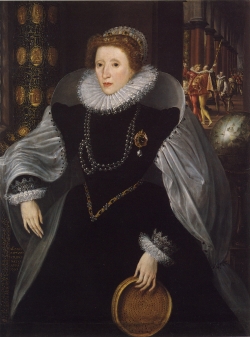
Queen Elizabeth I looked upon marriage proposals in terms of her foreign policy. There were many marriage proposals which she at first would consider but later on would refuse to marry. One exception to this trend was the Le Havre from October 1562-1563.
Queen Elizabeth’s Foreign Policy
Queen Elizabeth wanted to swap Le Havre for Calais, which was re-captured by France in 1558. Elizabeth thus sent her army to Scotland to stop the French men from using it as their base. In 1584 an alliance between Spain and France led to undermining the capability of Henry III of France to counter the Netherlands, a Spanish territory.
This alliance extended the Spanish influence along the Channel coast of France and posing a major threat of Spain invading England. In 1585, Elizabeth signed the Treaty of Nonsuch Netherlands to prevent the Spanish troops from invading England.
With regard to Scotland, Elizabeth did not want any French presence there as she felt that France may attack England and re-affirm the throne to Mary, Queen of Scots. The Treaty of Edinburgh was signed in 1560 by virtue of which there was no threat of France invading England.
In early 1563, Queen Elizabeth made an unsuccessful attempt of marrying Robert Dudley to Mary, Queen of Scots in order to strengthen the control between England and Scotland. Despite refusing to marry her, Robert was sympathetic towards Mary.
However, from the 1580’s Robert was in favour of Mary’s execution. From 1585-1587, he led a campaign favouring the Dutch revolt.
In 1589, Elizabeth had given military aid to Henry IV, the King of France.
His ascending the throne was not taken well by the Catholic League and the Spanish king, Philip II. The English troops sent to help Henry were disorganized and ineffective in carrying out their activities.
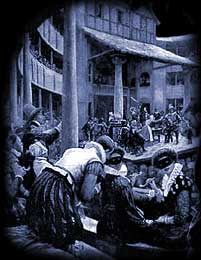
Another campaign by Lord Willoughby, ignoring Elizabeth’s orders was even worse than the previous one. In 1591, Elizabeth again sent her men to help Henry under the command of Robert Devereux, Earl of Essex. Even this attempt was a failure.
Elizabeth was facing hostility from the Irish people to support Catholic population. This was the case despite Ireland being a part of Elizabethan kingdom. Her strategy to avoid any betrayal from her courtiers was to grant them land and thus prevent Spain from establishing its base in England.
From 1594-1603, the Tyrone’s Rebellion or the Nine Years War was a major reason for concern. Hugh O’ Neil led the rebels and was supported by Spain. After a nine-year-long battle, Hugh O’Neil finally surrendered in 1603, sometime after the death of Elizabeth.
Elizabeth had diplomatic relations with Russia that were originally established by King Edward, Elizabeth’s deceased brother. At that time, Russia was under the control of Tsar Ivan IV. There also existed trade and diplomatic relations between England and the Barbary States. Similarly, England had diplomatic relations with the Ottoman Empire and even the Asian country of Japan.
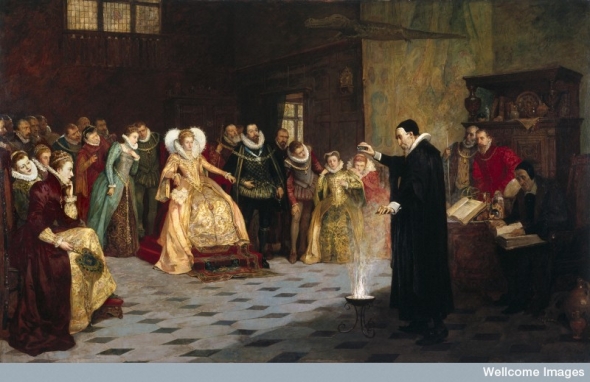
The time after the Spanish Armada and the Netherlands issue is known as the ‘Second Reign’ of Elizabeth. It is called as the second reign as there were a lot of problems like rising in prices, heavy taxes, lowering of the standard of living, etc which turn affected Elizabeth. After 1590, Elizabethan Privy Council took a different approach to bring things under control.
Also, another change that took place was that a new generation constituted the Council. Mostly everyone except Lord Burghley had died around 1590.
Elizabethan era along with economic and political upsets saw the rise of literary movements. These movements were first seen with John Lyly’s ‘Euphues’ and Edmund Spenser’s ‘The Shepheardes Calendar in 1578.
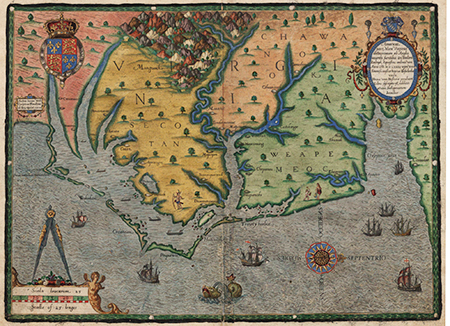
Literary Movements in the Elizabethan Era
Queen Elizabeth was extremely fond of cultural entertainments and loved court masques, music and dance performances in her court. Naturally, all kinds of literary forms flourished under her rule. Besides poets like Edmund Spenser and John Lyly, playwrights such as Christopher Marlowe and William Shakespeare started working.
Men of science and logic like Francis Bacon also found voice under her patronage. Elizabeth was a huge patron of all kinds of arts from the very beginning.
She often had the various playhouses come and perform at her court. It helped her reputation as well helped the playhouses attract audience since previously they were often accused of carrying out immoral acts and were closed down. Elizabeth was very fond of theatre which prevented many theatres from being closed down.

Elizabeth also loved being flattered by her courtiers which is a reason why poets and playwrights often referred to her allegorically in their compositions. Spenser referred to her in his Faerie Queene through several characters.
Her patronage thus reinforced the English Renaissance and gave birth to remarkable literary works in English.
Explorations in the Elizabethan Era
Elizabeth commissioned various explorations and sea voyages which opened up new trade routes and helped in the invention of advanced navigations tools. Sir Francis Drake became the first English to circumnavigate the globe. He was also responsible for raiding the Spanish ships in the New World.
Sir Walter Raleigh established the first English colony in America. It started the import of potato and tobacco from the Roanoke Islands to England and the colony was named Virginia after the ‘Virgin Queen’ of England by Sir Walter Raleigh.
Queen Elizabethan Era Developments in Laws
Around the 1590’s English literature was enriched by eminent personalities like Christopher Marlowe and William Shakespeare. However, Elizabeth was never a major patron of Arts. Elizabeth after becoming the Queen had set up an English Church. She, later on, became the Superior Governor of the same.
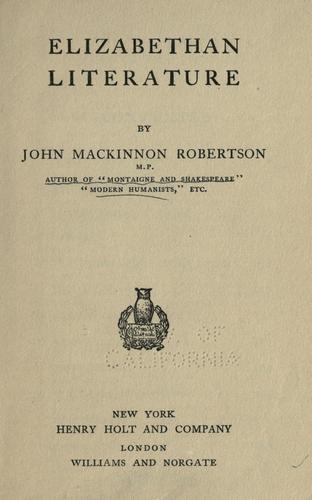
The Elizabethan era was also famous for the Sumptuary Laws passed by Queen Elizabeth. The Sumptuary laws were passed in 1571 and as per this law, every person who is above six years was to wear a woollen cap on Sundays and holidays. However, the law was enacted only to profit the woollen industries in England and was restricted to the lower classes of society.
This law also provided for the type of fabric, colours and the materials that were to be used whilst making clothes depending upon the social rank of the people. Thus, based upon the social position of a person the material or fabric to be used for his clothes was determined.
The later years of Elizabeth’s reign are known as the ‘Golden Years’. Mary’s son, James was raised as a Protestant and was considered to be the perfect candidate to take over England’s control after Elizabeth’s death. It is ambiguous whether Elizabeth during her final days actually nominated James to be the King. It is also said that Elizabeth’s government played a significant role in James being the King of England.
Queen Elizabeth Death
Queen Elizabeth died in her sleep in the wee hours of 24th March 1603. It is interesting that the last monarch of the Tudor dynasty died on the same day as her father and her sister. The death of the Queen came as a shock to her people who mourned her death. As per her instructions, no post mortem was conducted on the Queen’s body.
Her body was placed in a lead coffin and was carried by water to Whitehall before taking it to the Westminster Hall. Queen’s funeral took place on 28th April 1603 after King James I had been crowned the throne. Entire England was in grief because of the Queen’s death.
With James I coming to power, Scotland and England were united as one nation in 1603. Thus ended the beautiful era of Queen Elizabeth the first who rose to power and became the Queen despite all odds.
